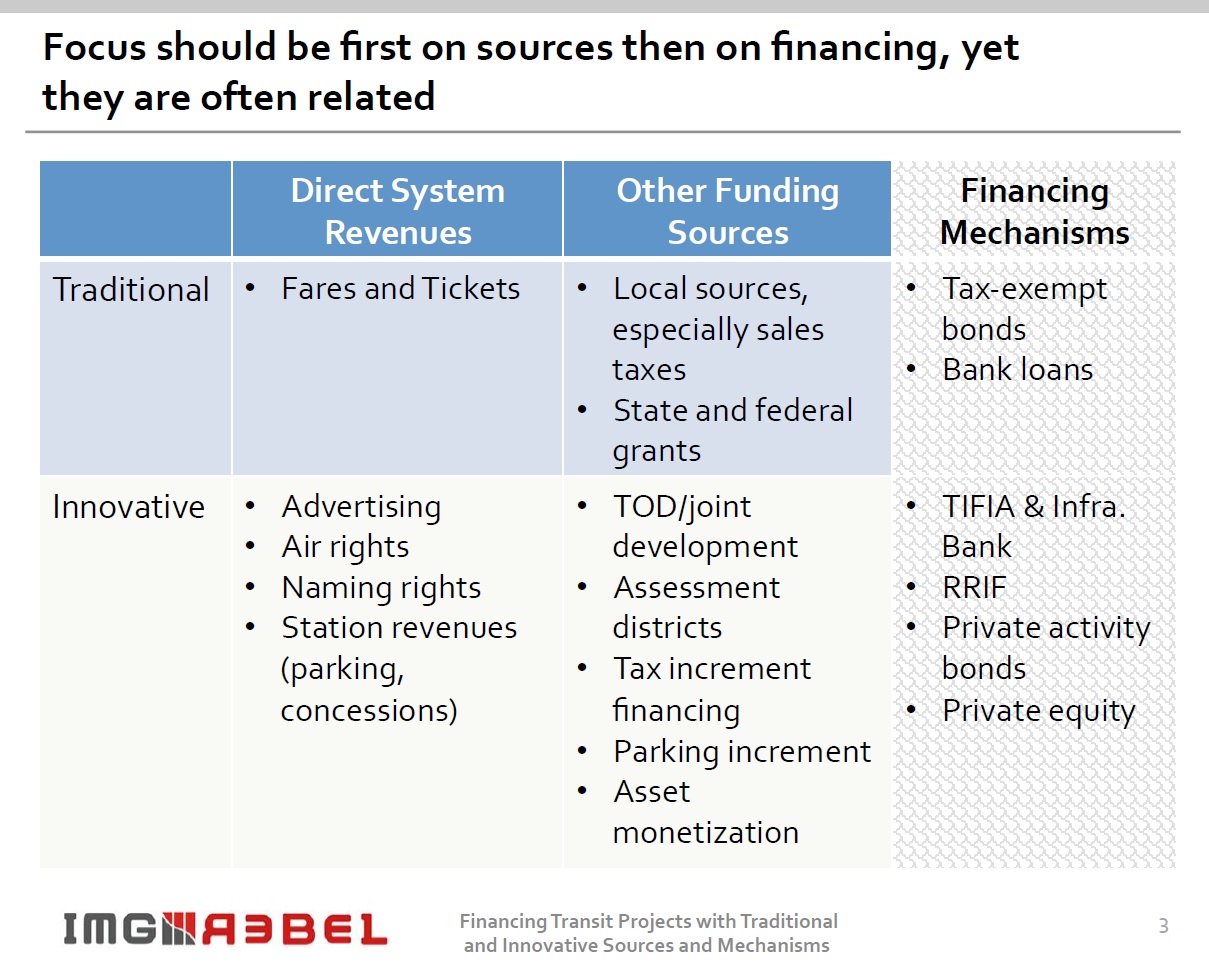
As the Tappan Zee Bridge Mass Transit Task Force moves towards its final report on mass transit recommendations for the I-287 Corridor, state and local elected officials, nonprofit and business leaders, as well as transit officials and members of the general public gathered for a discussion in Rockland County on the potential benefits and financing opportunities related to bus rapid transit (BRT) and transit oriented development (TOD) this past Friday. The event, organized by Tri-State and co-sponsored by the League of Women Voters of Westchester and Groundwork Hudson Valley, included speakers from five different states, each of whom had particular and extensive experience with planning or financing transit projects or related development. By the end of the program, it was clear that BRT is not only possible in the I-287 Corridor, but when combined with smart TOD planning, could be utilized as a tool to revolutionize mobility in the Hudson Valley and revitalize local communities.
The event opened with a welcome from Chairwoman of the Rockland County Legislature Harriet Cornell, a strong supporter of improved transportation options for Rockland commuters. Joseph Calabrese, CEO, Greater Cleveland Regional Transit Authority, followed with a presentation that detailed the implementation of the HealthLine BRT system and the critical role this new transit option had in revitalizing Cleveland’s Euclid Avenue. Calabrese noted that although BRT was not the region’s first choice, it has been a greater success than people expected (and at a fraction of the cost of a rail alternative) because it was well planned and implemented. “If we had done rail, it would have cost more than $1 billion, and it never would have gotten done,” said Calabrese. “So we did the best we could with what we had, and it’s been wildly successful.”
Calabrese was followed by Robert J. Duffy, Planning Director of the Department of Community Planning, Housing and Development in Arlington County in Virginia and Vivian E. Baker, Assistant Director of Transit Friendly Land Use & Development at NJ TRANSIT, each of whom detailed how smart, targeted land use planning along a transit alignment can revitalize local areas and attract significant investment from the business community.
While the presentations focused on different areas, both speakers highlighted the need for “placemaking” — planning for each area around a transit stop to be a destination with a mix of uses – in order for BRT to be most successful.
Oz Griebel, President & CEO of the MetroHartford Alliance in Connecticut, followed Duffy and Baker with a discussion of Connecticut’s experience with CTfastrak as seen from a business community perspective. CTfastrak is scheduled to open for operations in early 2015 and has already catalyzed millions of dollars of TOD even prior to opening.
The final speaker, Sasha Page of IMG Rebel in Bethesda, Maryland, touched on what possibly is the most important question yet to be answered: potential funding sources for transit on the TZB. He had several answers and shared a host of potential BRT financing mechanisms:

Page noted that the New York State Thruway Authority’s receipt of a federal TIFIA loan for the new Tappan Zee Bridge should not bar a subsequent TIFIA loan for BRT. He also said that using tolls to pay for BRT is a strategy with precedent.

Go out and ride the Health Line. The pavement in the reserved portion cost as much as track for a streetcar would have. Since the Health Line is still basically an in street operation, special signaling other than any traffic light preemption would not have been needed so that cost wouldn’t have been greater. Electrification would have cost more but given both fuel cost savings and better air quality. The buses are fairly nice but follow the current trend of more standees and the ride is not as good as say the Portland Street Car. Since at one time the line was going to be LRT or streetcar, it would interesting to research how much of the development was started because of that impression. Also much of the development is public sector. Also the Health Line is not a good predictor for whether any reserved right of way transit would do well in the Tappan Zee Corridor since the corridor is non-downtown to non-downtown. In writing this I realized that the closest transit model I can think of is the Green Line in Los Angeles which depends on bus and Blue Line feeders for much of its business. I believe there are S-Bahns and interurban like operations in Europe, especially Germany, that might be good models since in most jurisdictions the ticket allow use of any transit mode or combination thereof within the zone or zones for which the ticket is valid. Integrated ticketing could change the equation.
What about the feasibility of greatly needed rail freight? The stupid chopstick design of the towers appears to infringe upon the necessary vertical clearances.
http://cos-mobile.blogspot.com/search/label/Tappan%20Zee
What a pity that the TSTC is on the wrong side of history- to so waste suh a valuable opportunity as this.
What about the feasibility of greatly needed rail freight? The stupid chopstick design of the towers appears to infringe upon the necessary vertical clearances.
http://cos-mobile.blogspot.com/search/label/Tappan%20Zee
What a pity that the TSTC is on the wrong side of history- to so waste such a valuable opportunity as this.